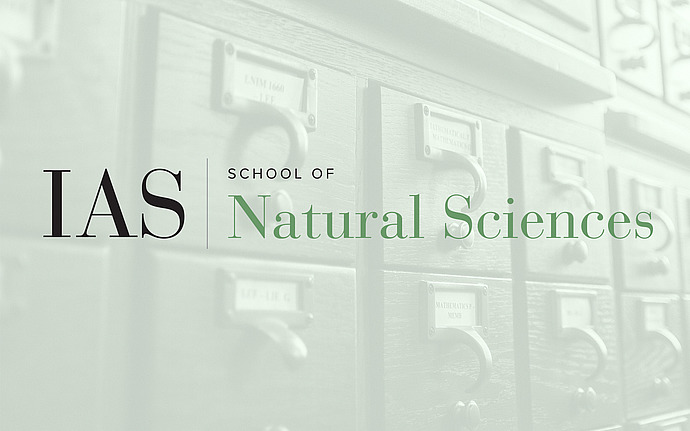
Princeton University Thunch Talk
Intracluster Light in the Core of z~2 Galaxy Proto-clusters
Intracluster light is thought to originate from stars that were ripped away from their parent galaxies by gravitational tides and galaxy interactions during the build up of the cluster. The stars from such interactions will accumulate over time, so semi-analytic models suggest that the abundance of intracluster stars is negligible in young proto-clusters at 𝑧 ∼ 2 and grows to around a quarter of the stellar mass in the oldest, most mature clusters. In contrast to these theoretical expectations, we report on the detection of intracluster light within two protoclusters at 𝑧 = 2 using deep HST images. We use the colour of the intracluster light to estimate its mass-to-light ratio in annuli around the brightest cluster galaxies (BCG), up to a radius of 100 kpc. We find that 54 ± 5% and 71 ± 3% of the stellar mass in these regions is located more than 10 kpc away from the BCGs in the two proto-clusters. This low concentration is similar to BCGs in lower redshift clusters, and distinct from other massive proto-cluster galaxies. This suggests that intracluster stars are already present within the core 100 kpc of proto-clusters. We compare these observations to the Hydrangea hydrodynamical galaxy cluster simulations and find that intracluster stars are predicted to be a generic feature of group-sized halos at 𝑧 = 2. These intracluster stars will gradually move further away from the BCG as the proto-cluster assembles into a cluster.